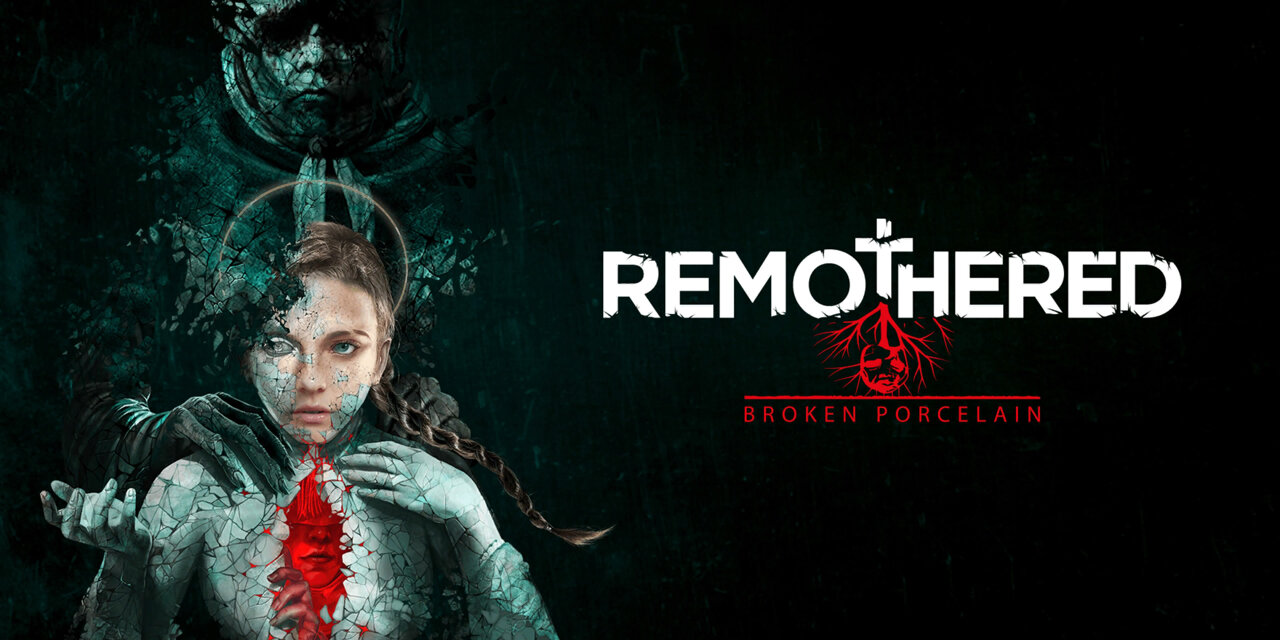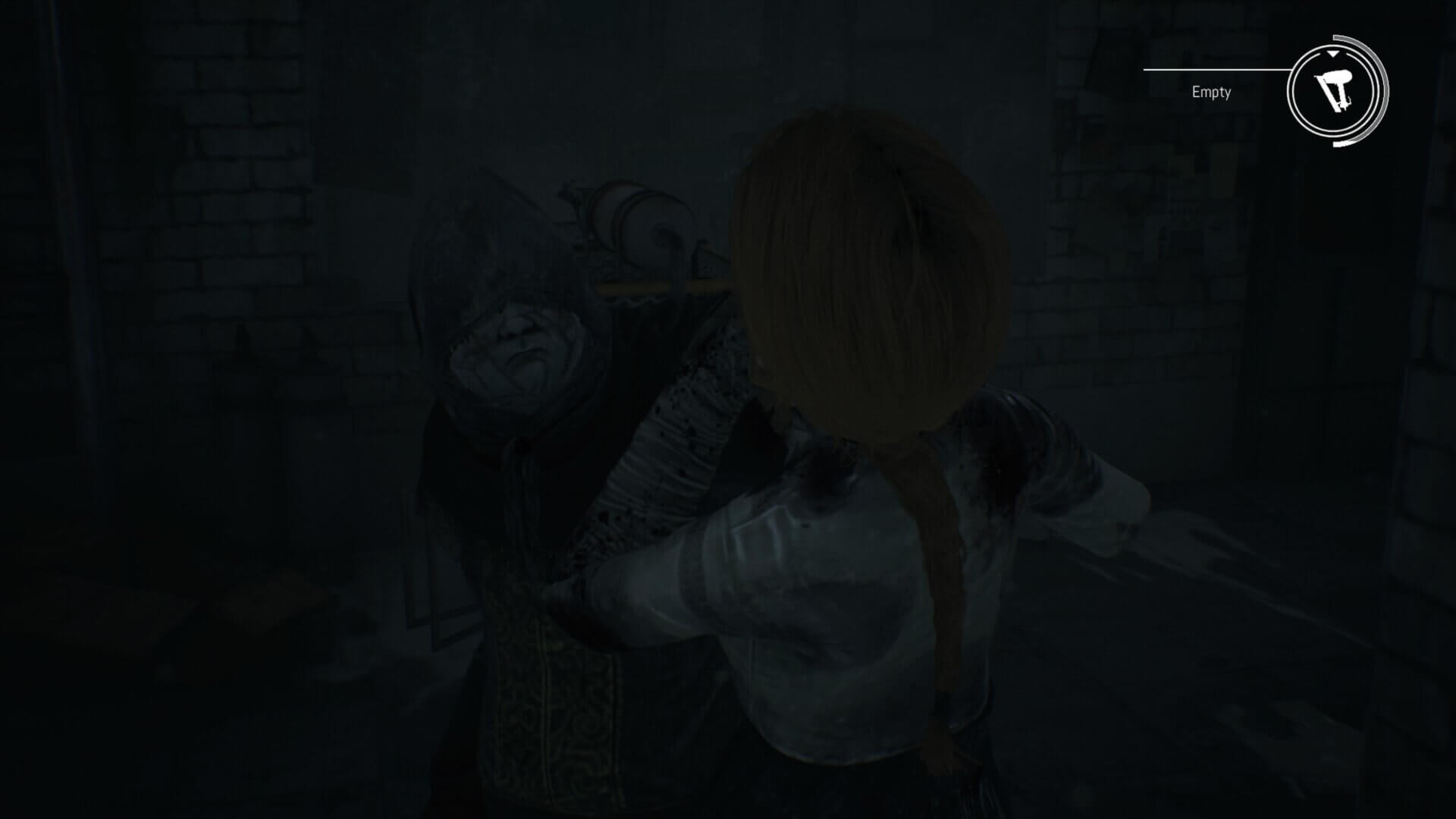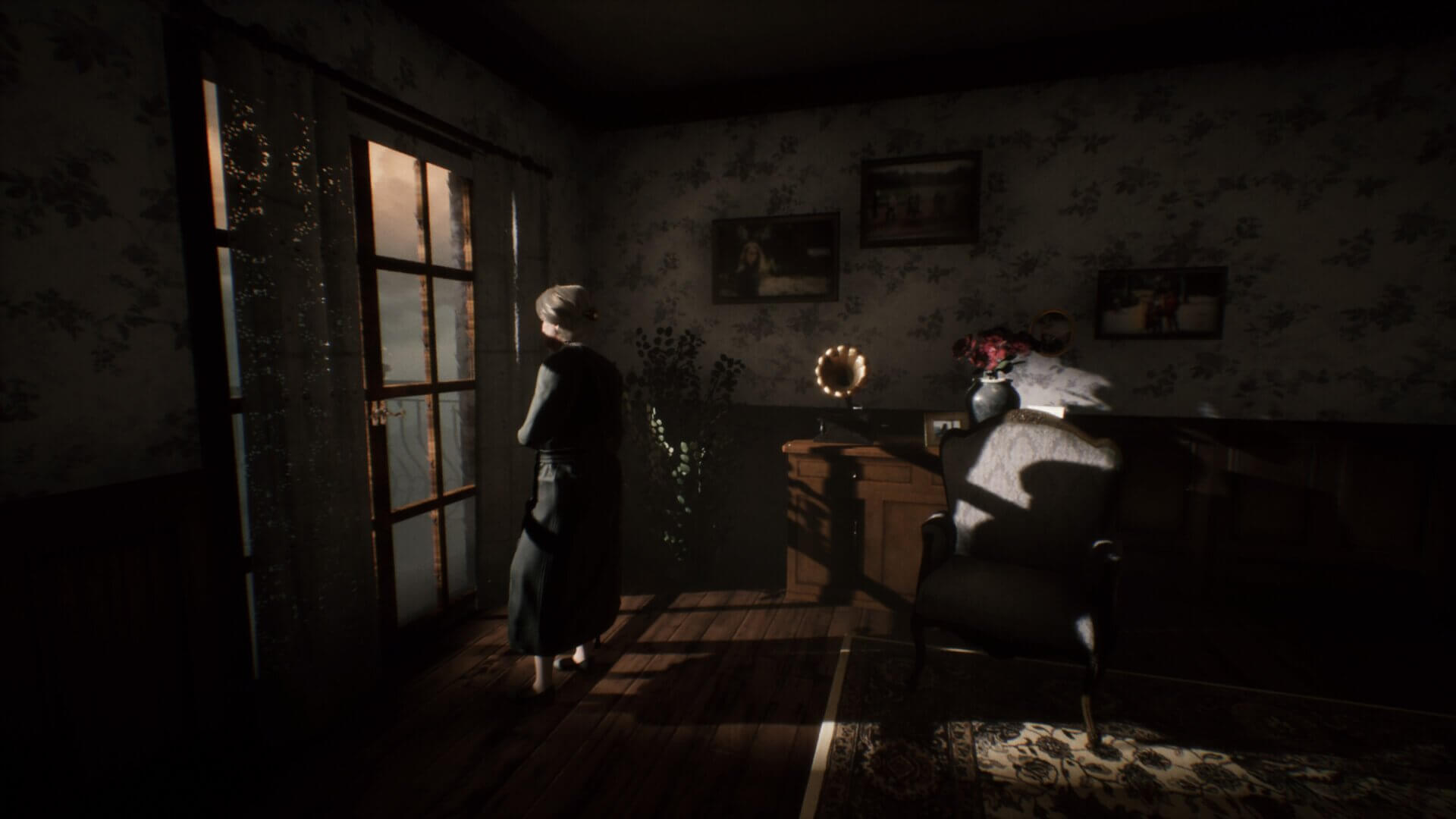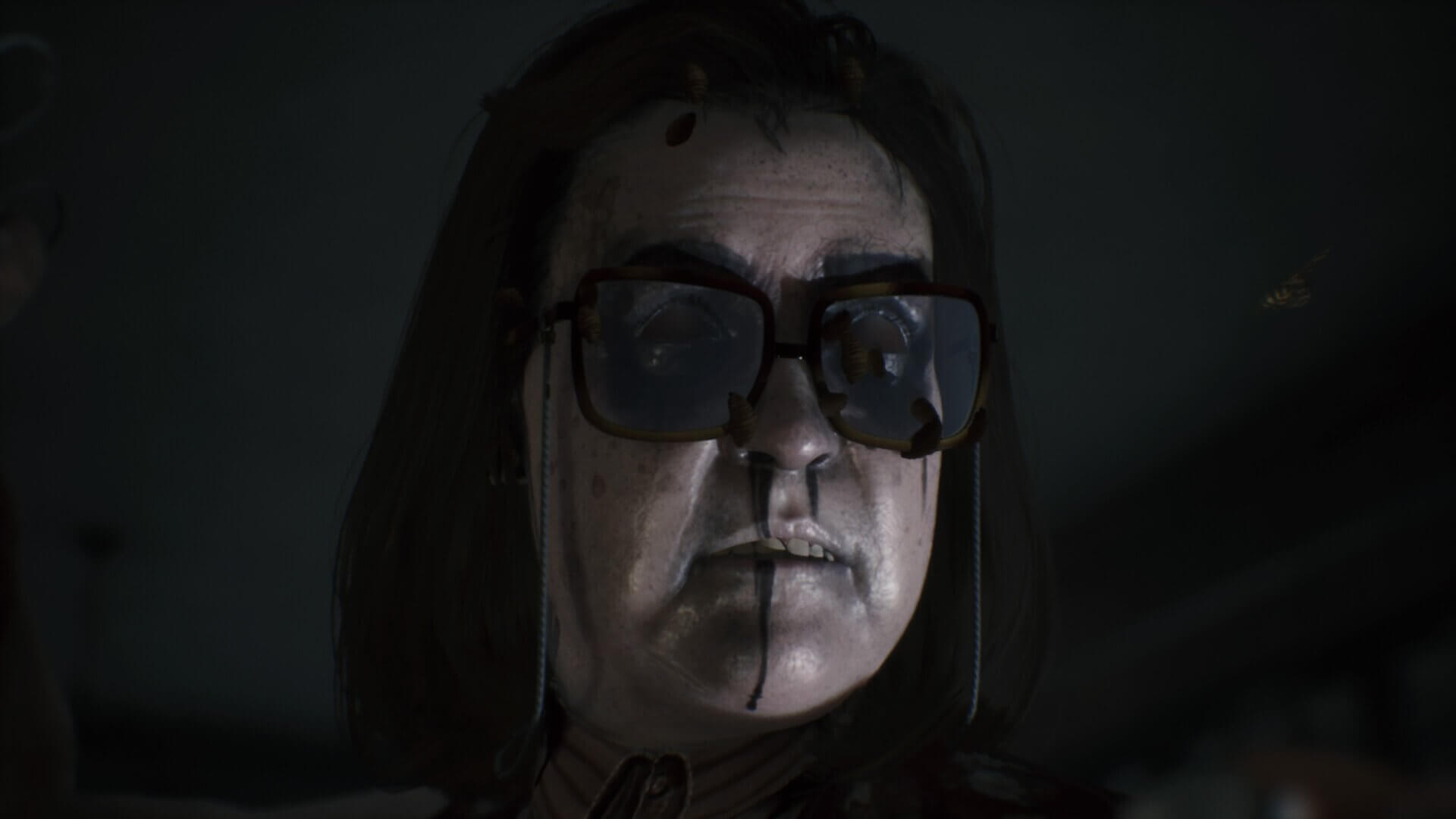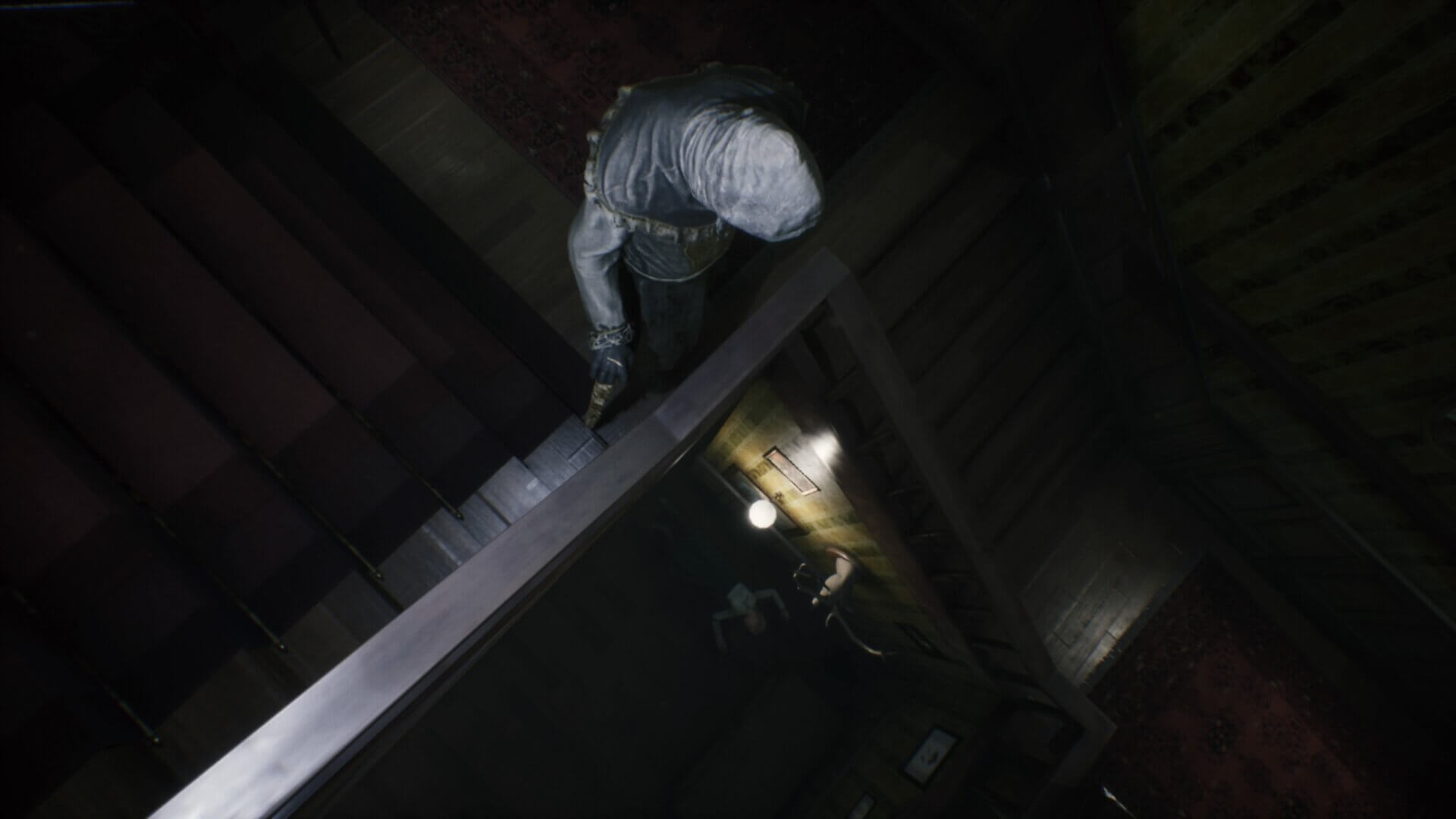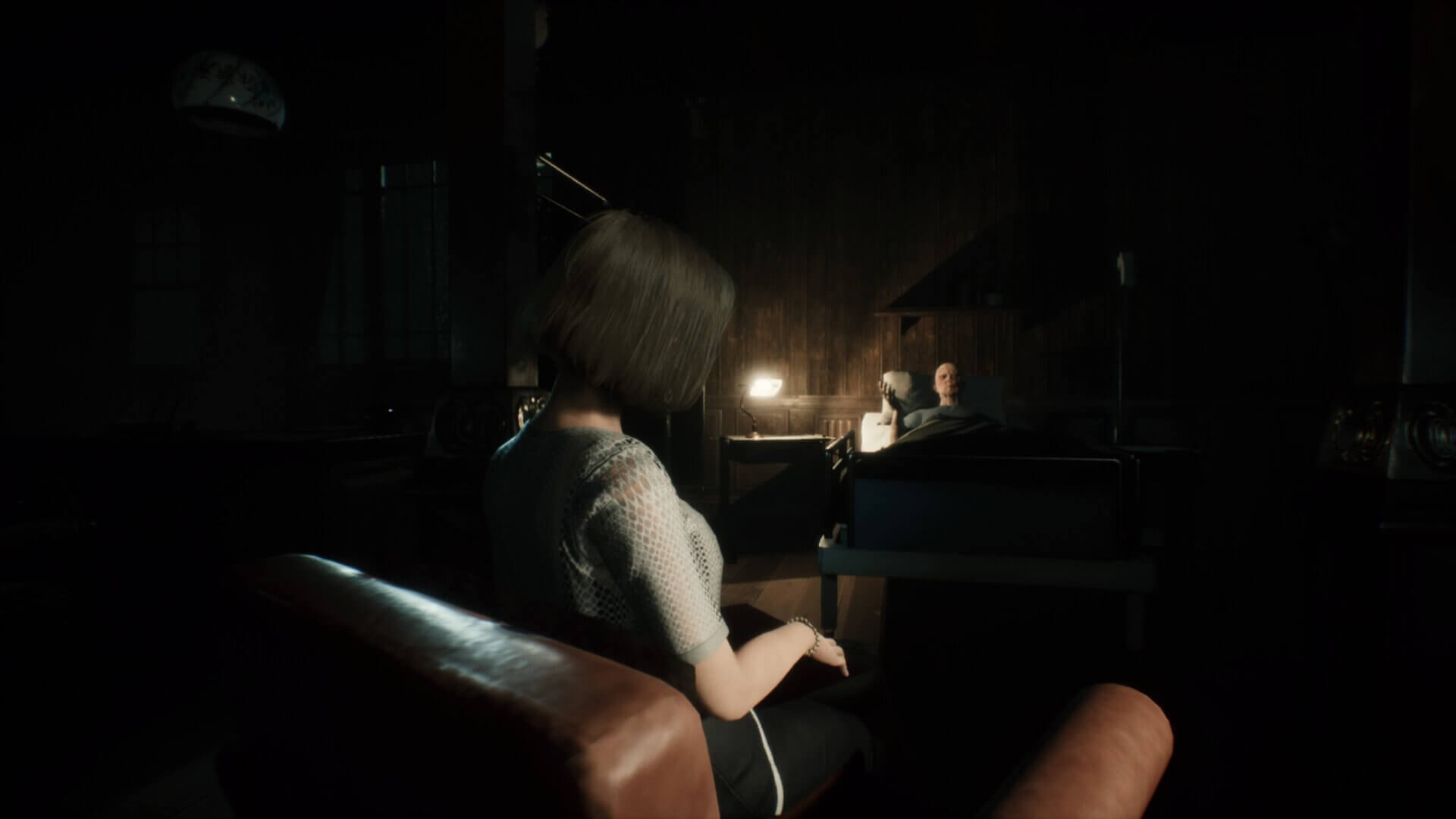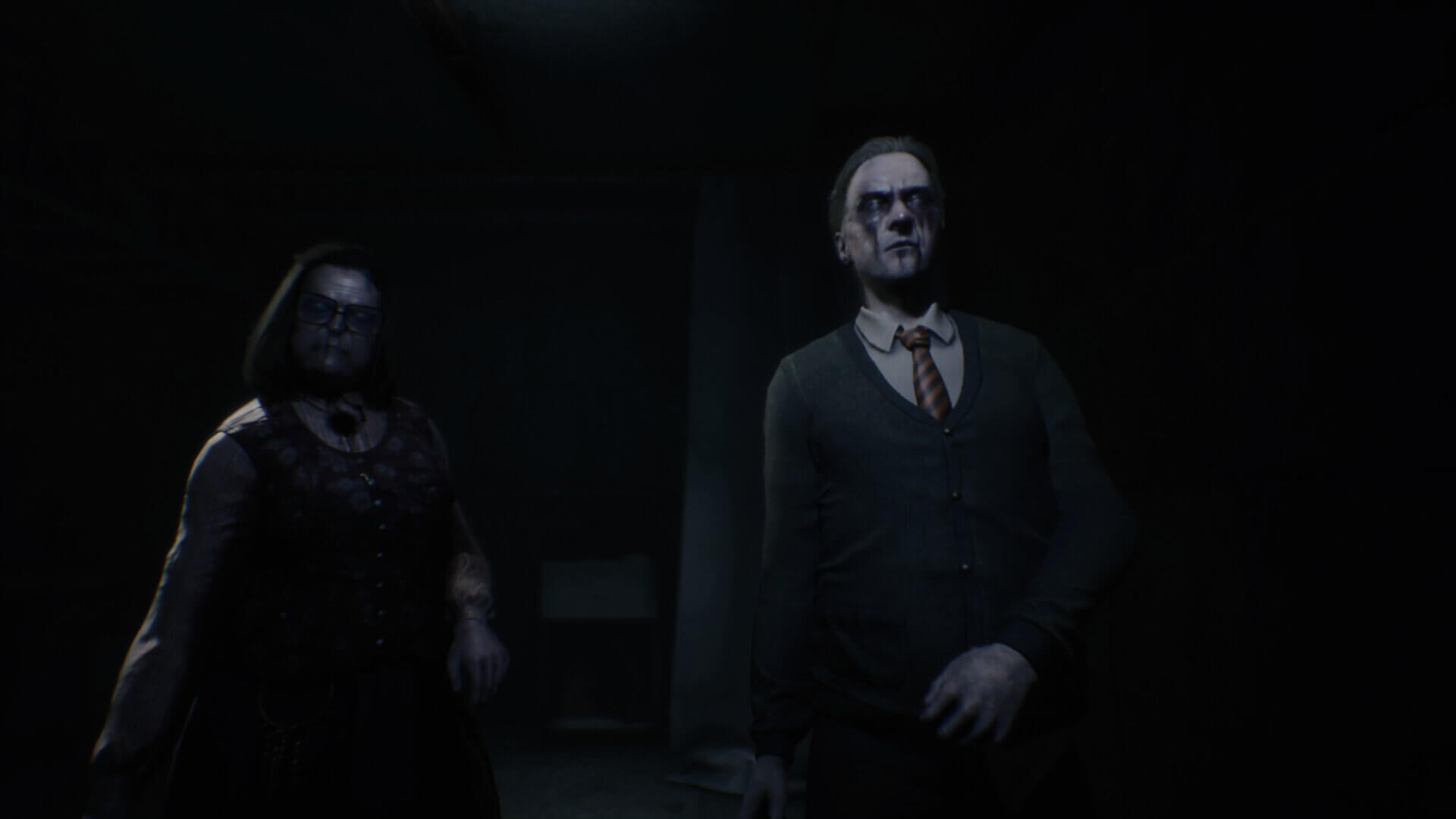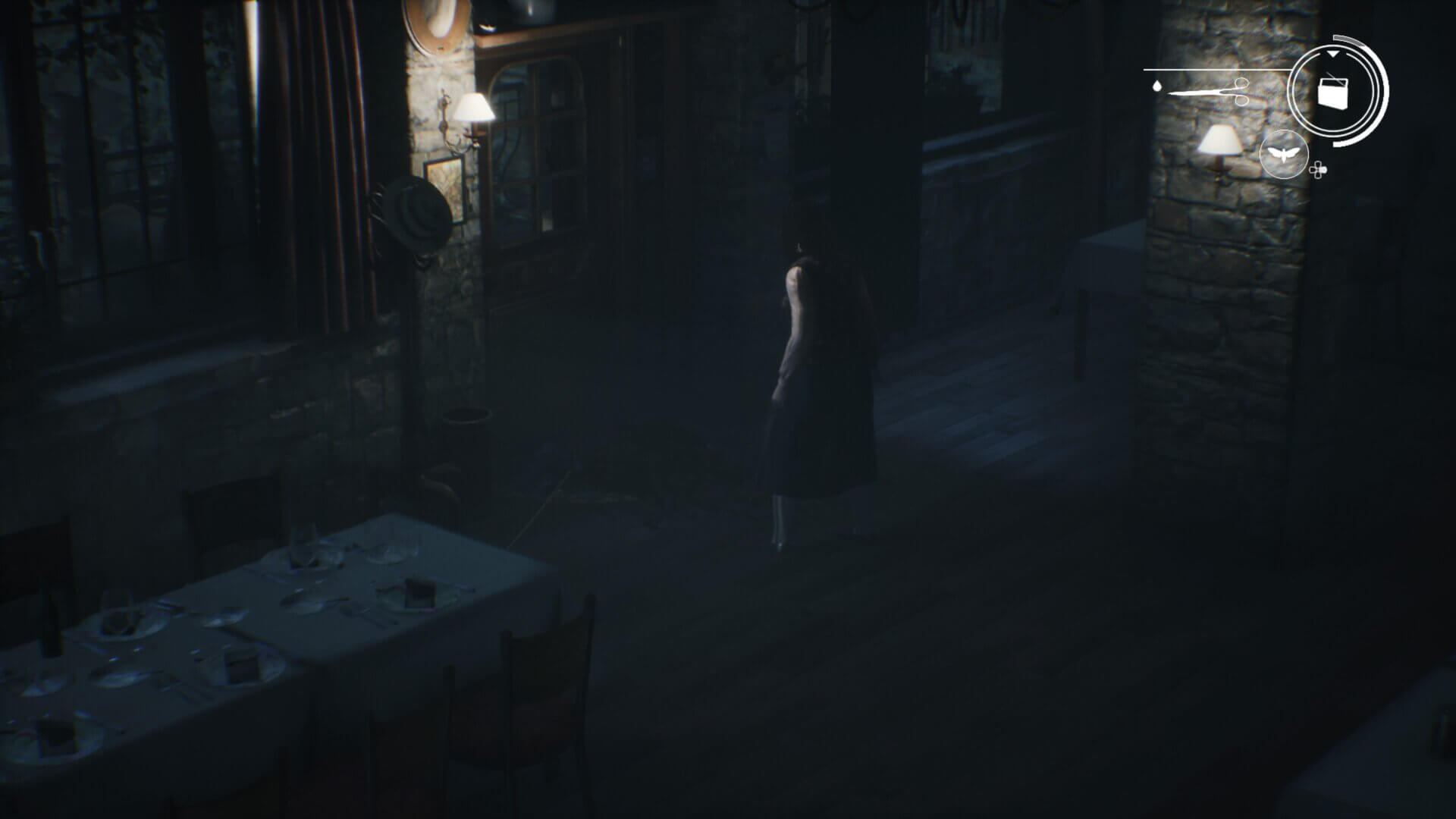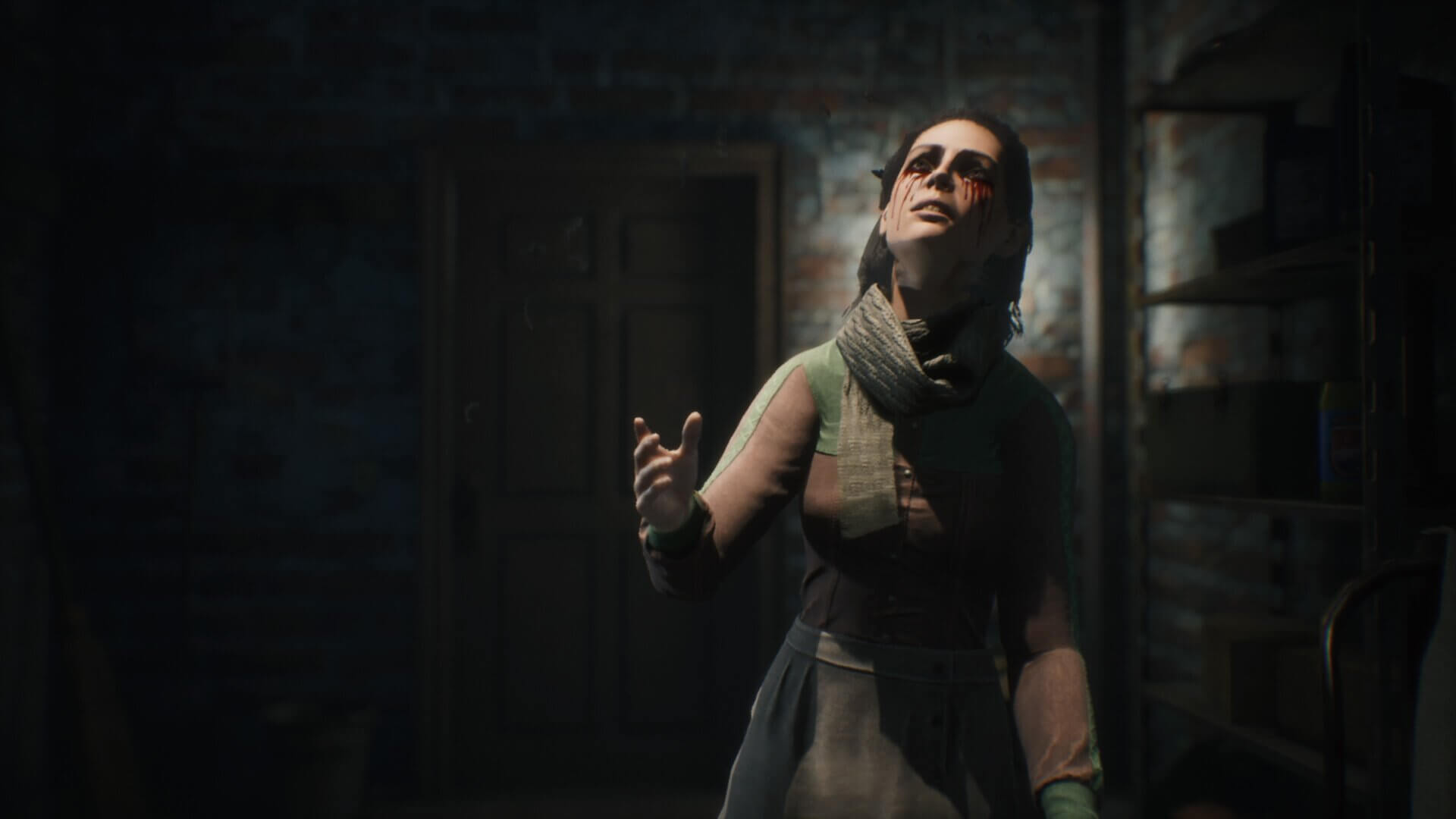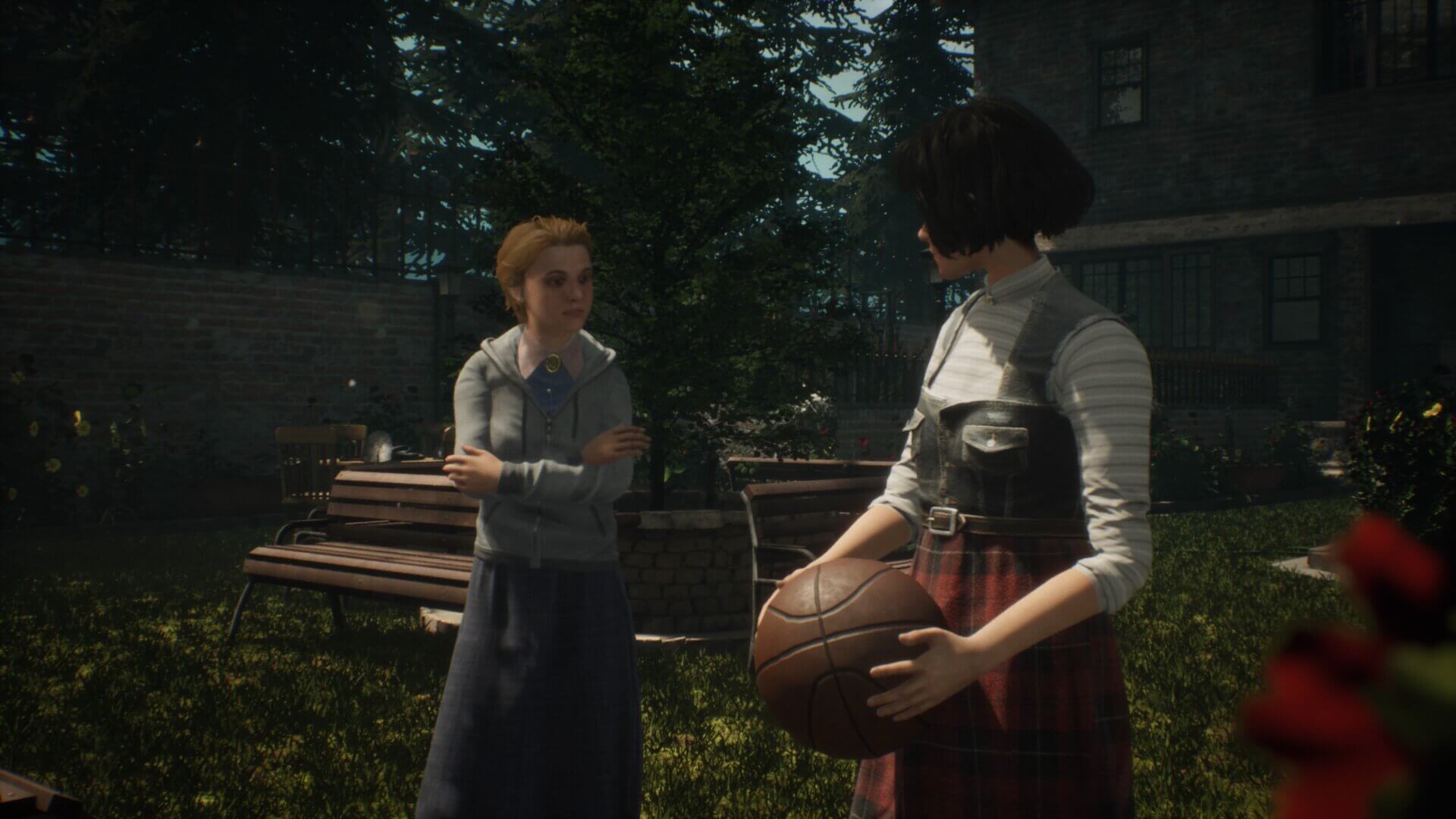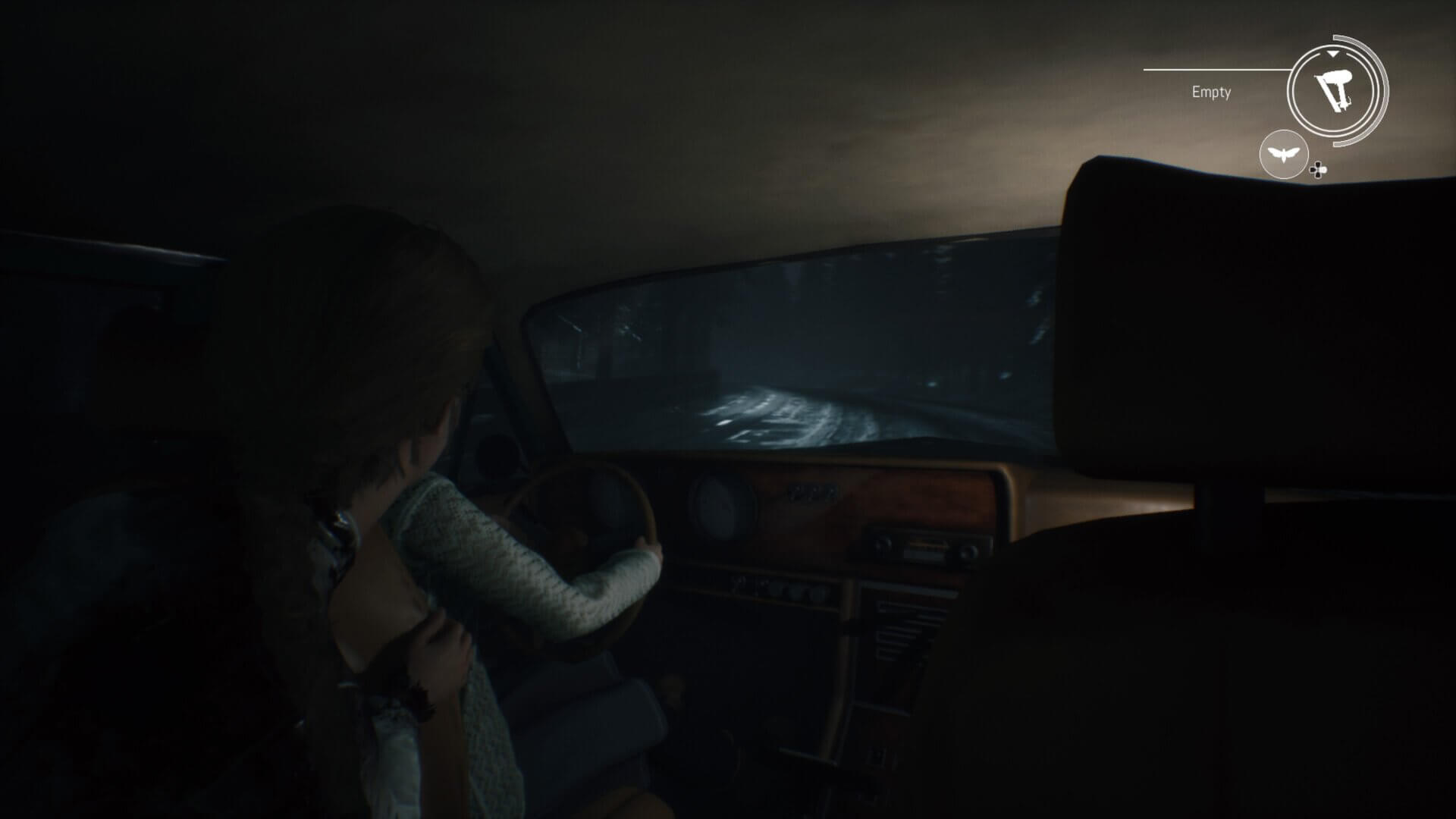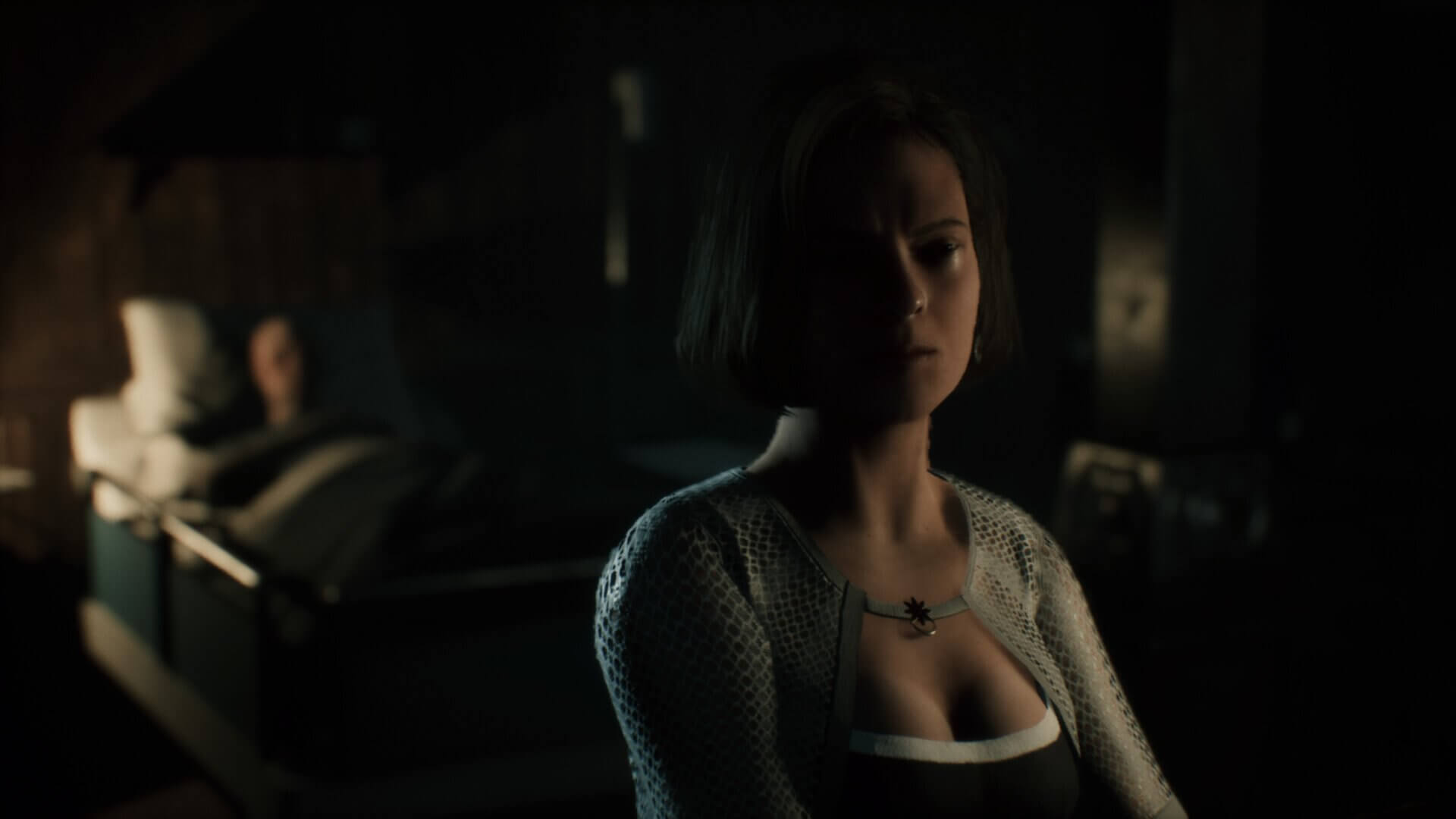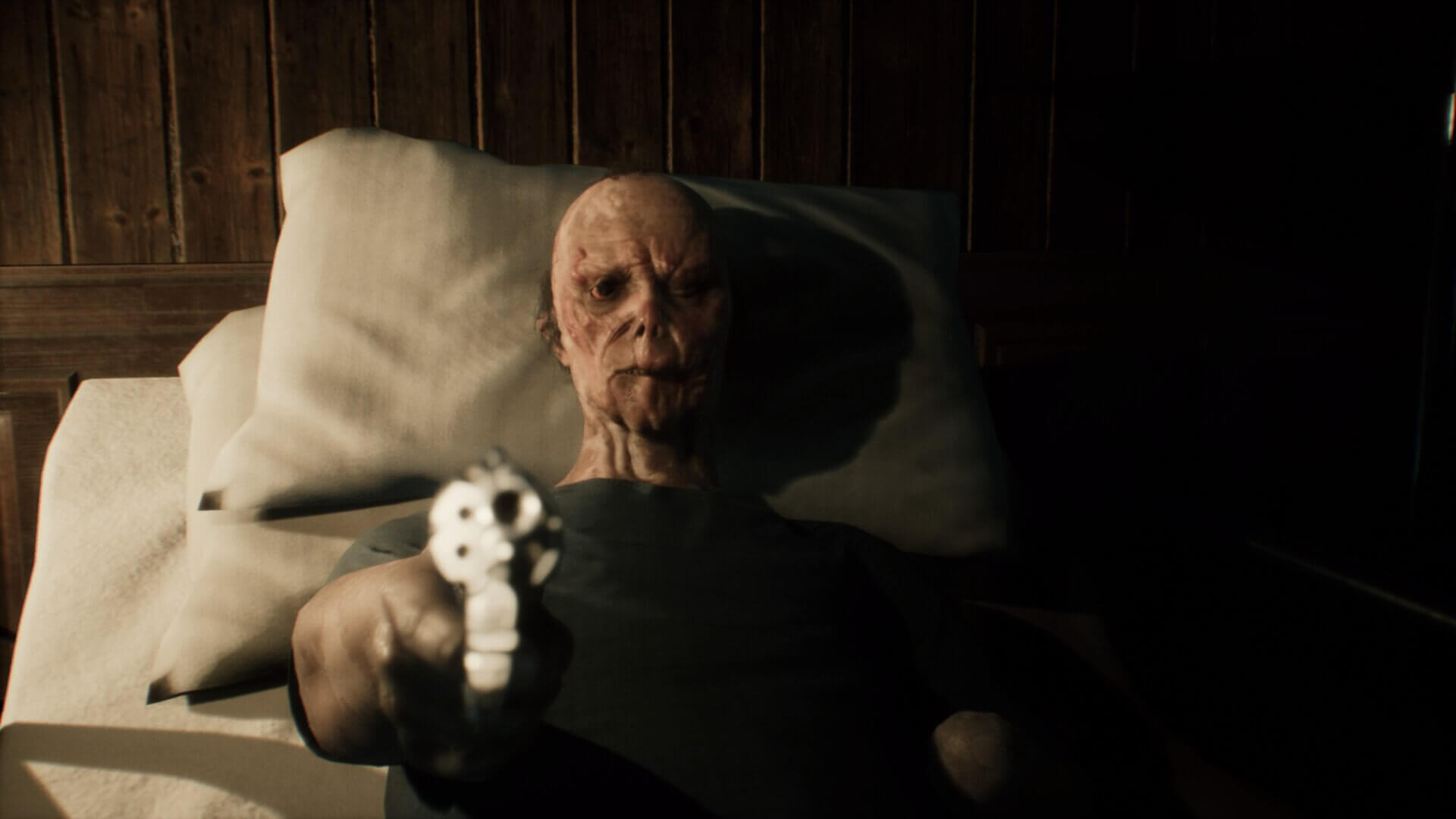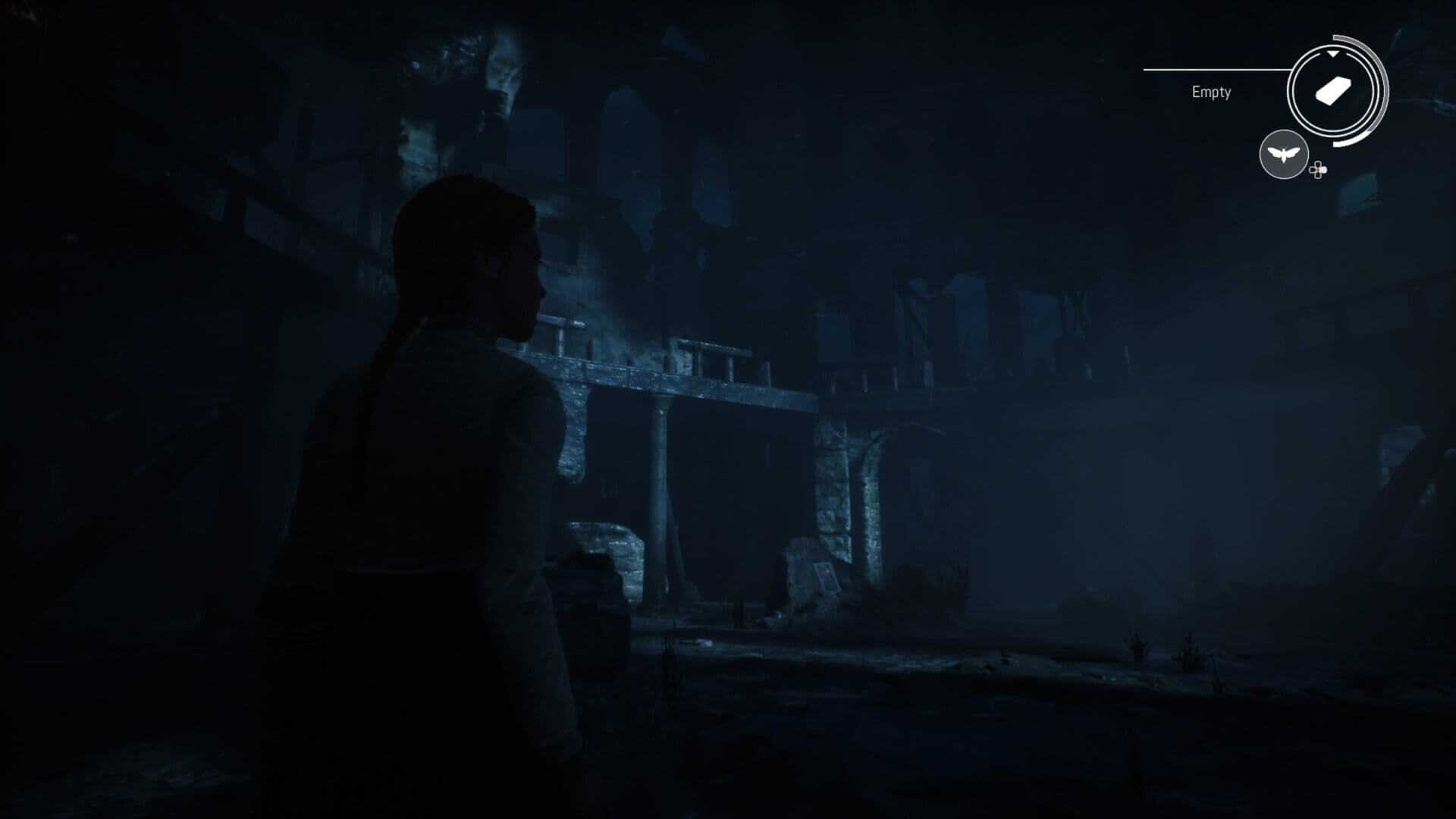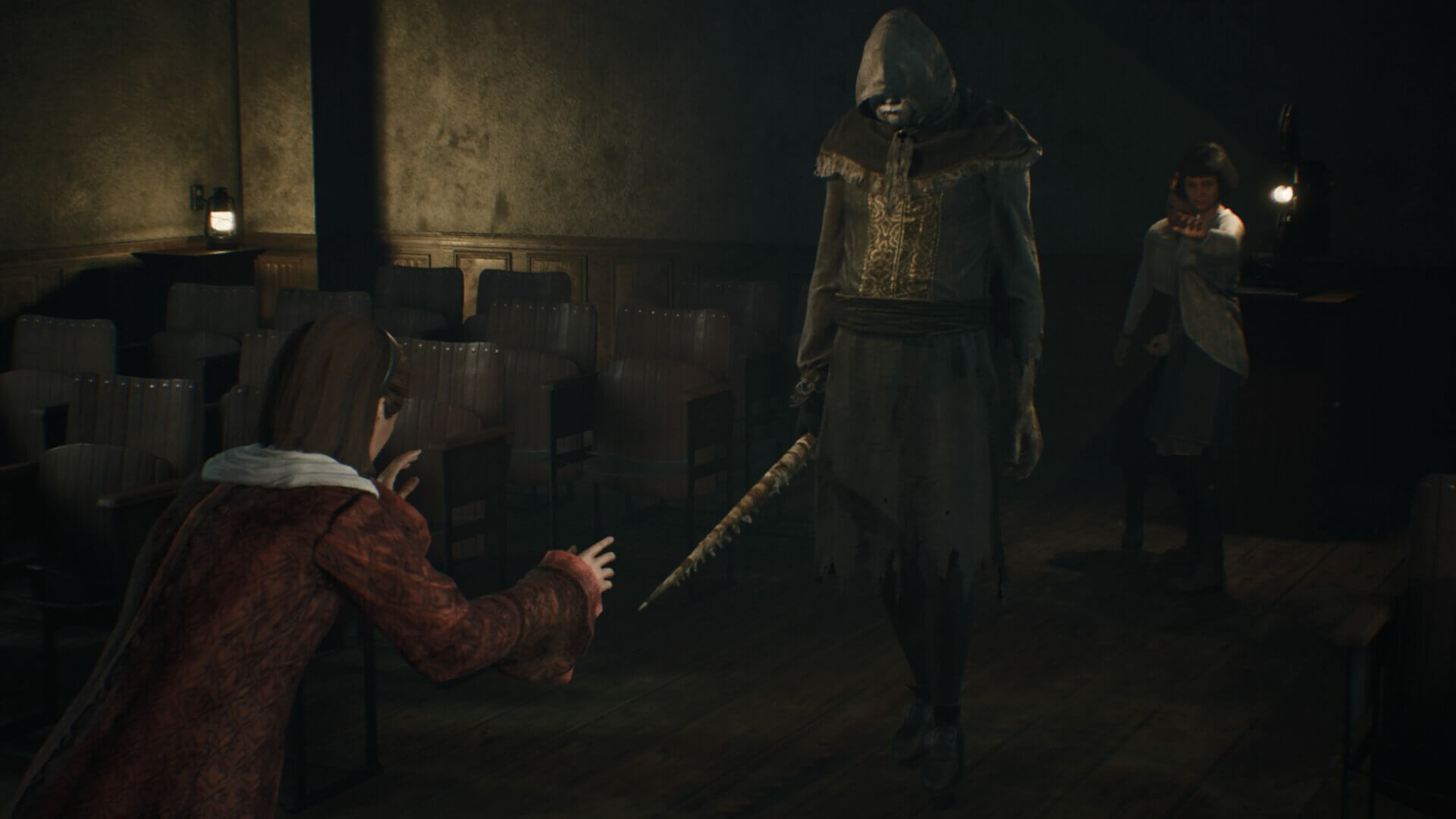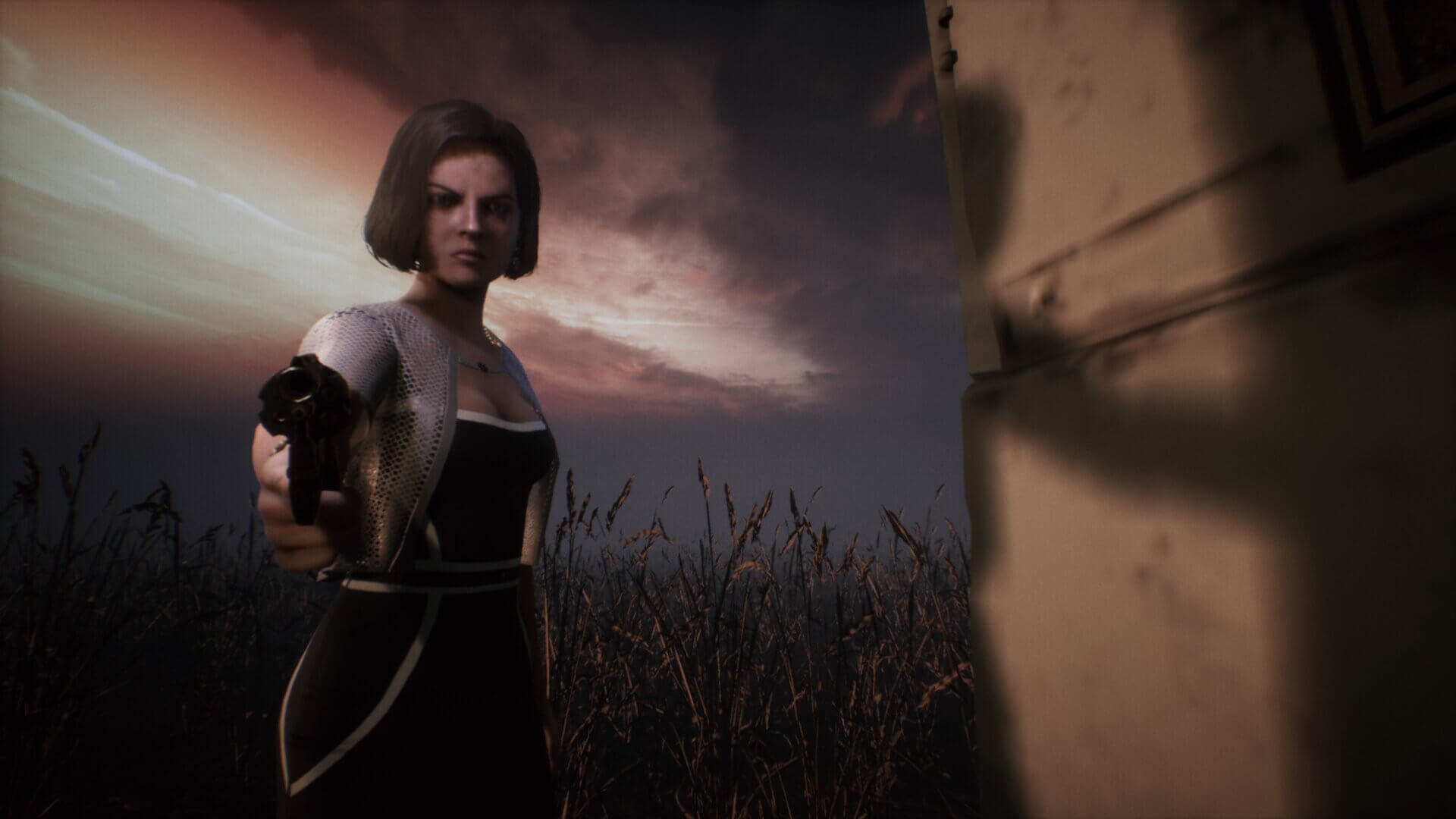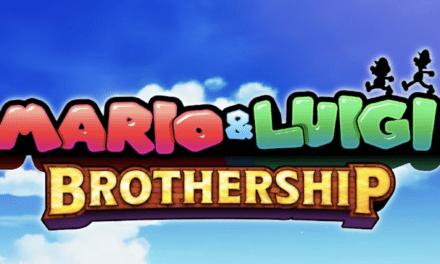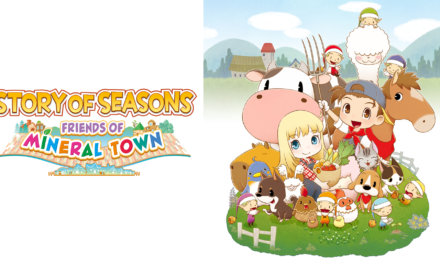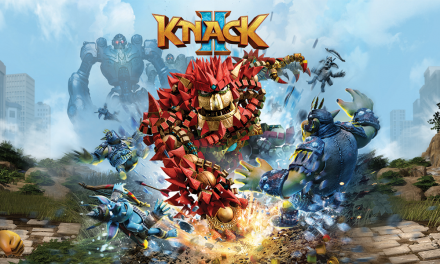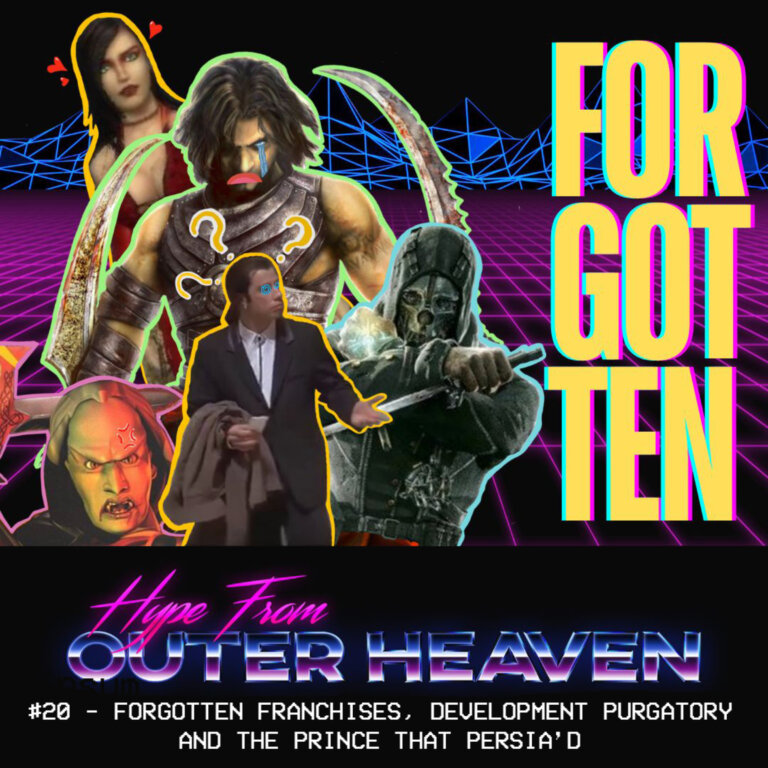“All work and no play makes Jack a dull boy…”
Hailing from Acireale, Italy is indie developer Stormind Games and their second foray into the horror circuit: Remothered: Broken Porcelain. Acting as a sequel to Stormind’s 2018 award winning debut horror IP: Remothered: Tormented Fathers, Broken Porcelain follows on from the horrifying ordeal experienced by Rosemary Reed at the Fulton Estate, getting to the bottom of where the missing child: Celeste ended up following her disappearance. The game launched worldwide across PlayStation 4, Xbox One and PC on October 13th 2020, and as usual I’ll be going over the PlayStation 4 version of the game; detailing the good, deconstructing the bad, while ultimately discussing whether the game is worth your time and money at the £24.99 asking price (EU PSN Store).
Survival horror is one of video games most beloved genres, thankful in no small part to Tokuro Fujiwara and Shinji Mikami, with their classic horror title from 1996: Resident Evil, which is often cited by many as the progenitor of the sub-genre. While Resident Evil has become a household name of survival horror, it wasn’t alone in defining the sub-genre’s identifiable tropes; other franchises such as Konami’s Silent Hill as well as (the now defunct) Human Entertainment’s Clock Tower were two IP’s which were both also instrumental in establishing survival horror in popular culture, the latter of which predated Resident Evil by a whole year, with its first entry Clock Tower being released for the Super Famicom exclusively in Japan in 1995. The series would later go on to produce three sequels for both the PlayStation and PlayStation 2, mirroring Resident Evil’s item management and backtracking while being the first to establish a scenario where the protagonist is defenceless, with the only means of defence being the option to either run or hide, a mechanic which would go on to be seen quite frequently in horror titles following the release of Amnesia: The Dark Descent in 2010. While the first Clock Tower (1995) game and it’s follow up entry on the PlayStation 1: Clock Tower (1996) received favourable reviews in regards to their daunting atmosphere, the same cannot be said for their sequels: Clock Tower II: The Struggle Within (1998) and Clock Tower 3 (2002) both of which were commercial and critical failures across the board, following a swath of mixed reviews from critics that sent the franchise into the realms of obscurity.
Despite the franchise’s stout cult following, the Clock Tower series never received another mainline entry, only titles that are considered ‘spiritual successors’ such as 2005’s Haunting Ground and 2016’s NightCry. Nevertheless, the game’s legacy can still be seen in horror to this day, with many different titles paying homage to the cult franchise; one of the most recognisable is the Remothered franchise from Italian indie developer: Stormind games, the first of which Remothered: Tormented Fathers released in 2018 to positive reviews, with it’s sequel: Remothered: Broken Porcelain releasing on October 13th 2020. Broken Porcelain takes place in 1973 and places you in the shoes of juvenile delinquent: Jennifer who is working as a maid at the Ashmann Inn, following her expulsion from the Flemington Girls Institute. After a failed escape attempt from the Inn, it soon becomes all too apparent that there is something sinister going on. With a hulking creature lurking in the basement, rumours of child abductions as well as the apparent suicide of a professor A.E. Wyman, it’s up to Jennifer to escape from the Inn all the while attempting to discover the dark secrets that surround her. From the get go, it’s apparent that Stormind games have drawn a large influence from the works of Stephen King, specifically his quintessential 1977 novel: The Shining; drawing on themes of isolation and mania while being stranded in a location enveloped in a snowstorm, all the while the staff have lost their minds and are hunting you down with reckless abandon; on paper it’s a pretty effective cocktail at getting the ol’ blood pumping, unfortunately the end result is lacking, in a myriad of ways. The game’s story is very much beholden to it’s predecessor, as such if you haven’t played the previous game, the narrative this time around may be a bit hard to follow (even with the ‘previously on’ recap at the start of the game) but nonetheless is still a spooky tale that with enough twists and turns to keep the player somewhat engaged across the 4-6 hour campaign.
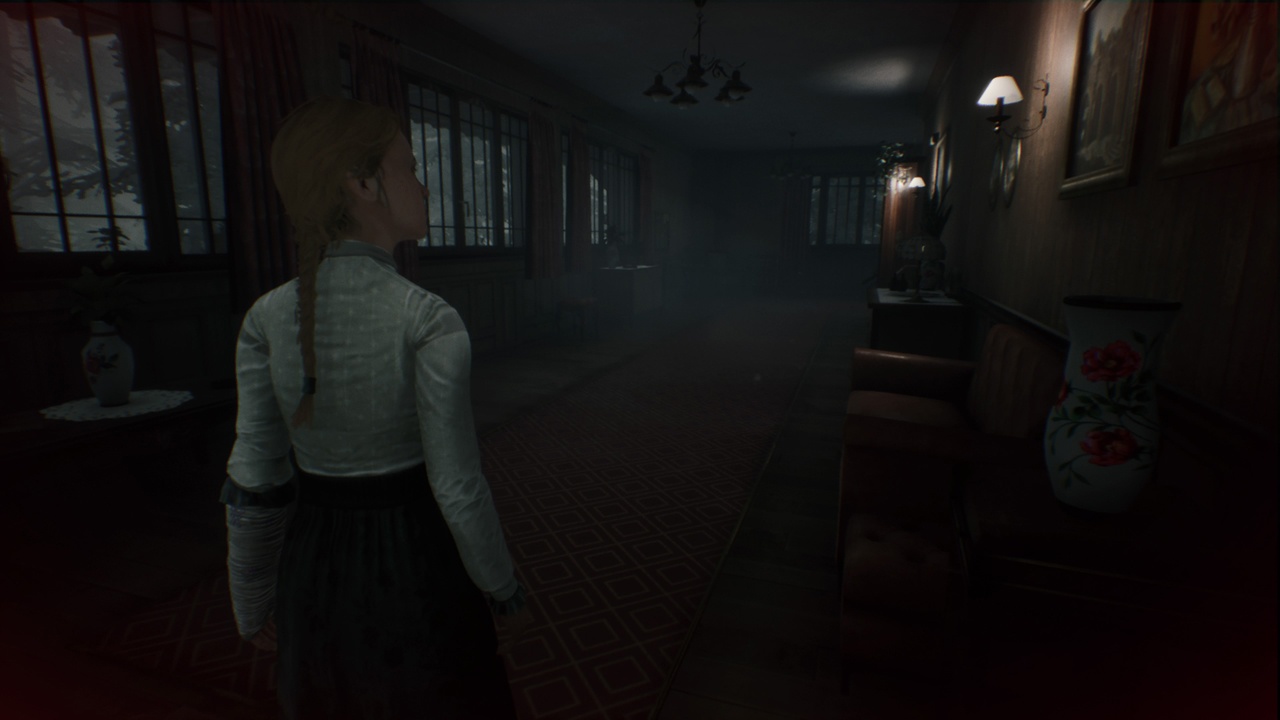
While Remothered: Broken Porcelain does a lot to ground itself in the horror genre, it unfortunately feels very stiff in the gameplay department. The core gameplay loop revolves around sneaking around the inn and solving puzzles to progress to the next area, all the while crafting items to cause distractions and slow down your pursuers. The inspiration from the Clock Tower series is clear as day here, and it’s especially reminiscent with the game’s main antagonist: Porcelain, who look very much like a cross between Scissorman from the original Clock Tower game and Nemesis from Resident Evil 3. While this crossover of aesthetics may sound like a terrifying combination, Porcelain suffers in the same way that a lot of the game’s pursuers do, in that they’re exceptionally rigid and far too easy to outmanoeuvre, resulting in chase sequences that are more of an annoyance than they are scary. Another aspect that makes the game increasingly frustrating is the distinct lack of any real tutorials for some of the game’s more obscure mechanics. Don’t get me wrong, I’m very much against video games that hold the player’s hand too much, but when you’re told to incapacitate a stalker, it would be more efficient to be told how to perform such an action rather than work it out for yourself through trial and error; this was also the case with the game’s crafting system, offering a plethora of objects with very little explanation as to what benefit there was to mixing them, or what do with them outside of certain effects that are applied once crafted (don’t even get me started on the controls to place traps). While this is may seem a minor issue to some, it made the first hour or so somewhat of an ordeal to get through (and not in the fun kind) which only highlighted some of the game’s more jarring technical issues.
For starters, the game appears to have a consistent 50-60fps at first, but soon dips down into the low 30’s and jumps about the place sporadically, depending on what’s going on in game (a capped 30FPS frame rate would make the game a lot more stable). In addition to the games twitchy frame rate are the low-resolution environmental textures and the amount of pop ins that accompany them. In terms of resolution, I couldn’t tell any difference between the PS4 and PS4 Pro versions of the game, making it seem like the Pro version is offering the same washed out 1080p resolution as the OG PS4, which looks absolutely awful on 4K TV (for reference my TV is a 55” Sony 4K UHD Display). Another issue is button registration, which fails to register a good 50% of the time; a good example of this was an early section in the game where you’re tasked with incapacitating a pursuer to obtain the keys on their belt, and each time I got close enough to mash the button required to perform the stealth takedown, nothing happened, except for them turning around and forcing me to flee with my tail between my legs and try again. In addition to all the above are the game’s animations, which are in dire need of a fresh coat of paint. Everything from walking animations to lip syncing feels out of whack; characters walk like their joints are a single calcified bone and conversations outside of cutscenes have very little connectivity with the words being spoken etc. all of these together paint a pretty clear picture that the game was rushed out to meet a deadline (most likely Halloween) and definitely would have benefited from a few extra months of development time. Adding salt to the wound is that the character models themselves actually look pretty decent for a game with an obviously small budget, and had the animations followed suit, the final product wouldn’t be as jagged in my opinion.
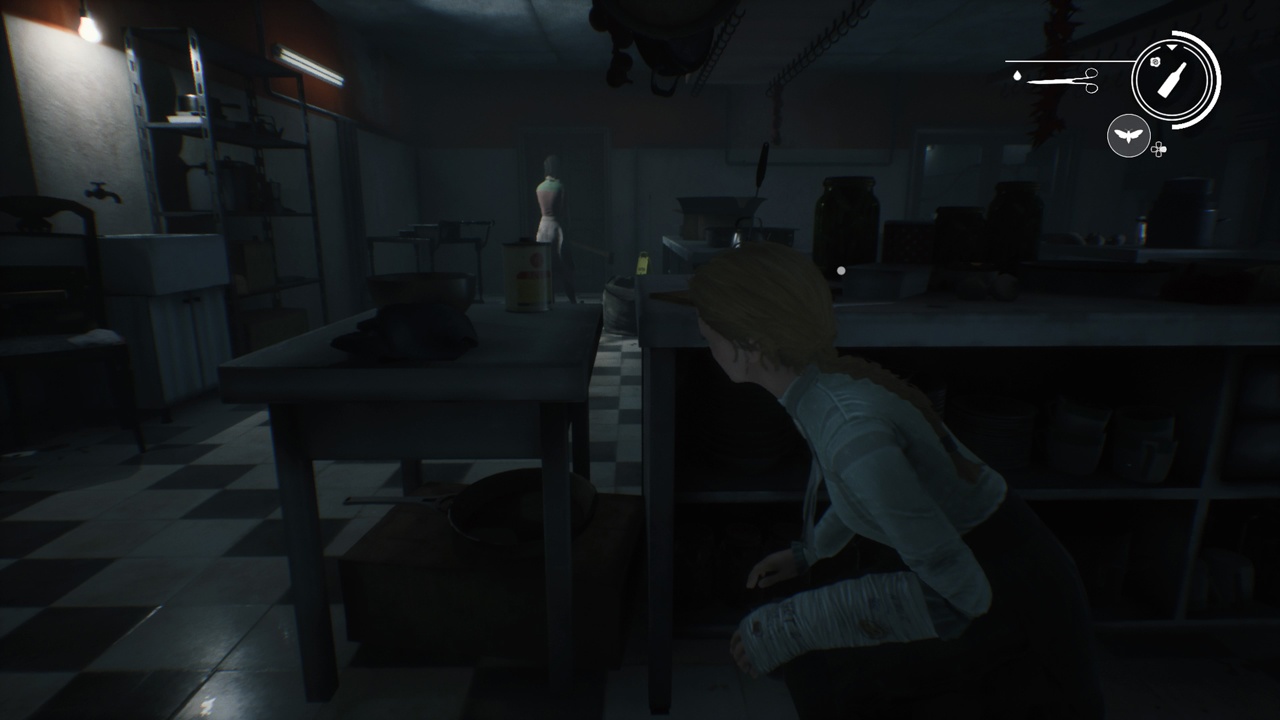
Overall, I really wanted to like Remothered: Broken Porcelain, the aesthetic and narrative cues to the Shining and its homage to one of survival horror’s defining IP’s shows how much Stormind Games tried to create something that is firmly rooted in the genre, but there are far too many issues to look past with this one to make it any way recommendable. The amount of technical issues present, the abysmal animations as well as the general shoddy state of the game at launch is a clear indicator that the game was in no way ready to be released; as such I would avoid this one until it goes on sale, as even £24.99 feels like a lot for what’s on offer.
A PlayStation 4 review code was provided by Modus Games.

